WESET COXSACKIE, NY - As the issue of infrastructure repair continues to be an ever present concern for municipalities, one repair method, Dowel Bar Retrofit (DBR) will be celebrating its 20th anniversary in the United States. This method of retrofitting load transfer devices across transverse joints and cracks in concrete pavement has been used successfully on thousands of projects in the United States with more than six million dowel bars installed during the past 20 years.
"We are excited to see that after 20 years, DBR is being used by even more municipalities as an environmentally friendly, economic, long term repair," said John Roberts, Executive Director of The International Grooving and Grinding Association. "This technique has spread throughout the U.S. and Canada as a viable means of preserving concrete roadways."
DBR is a Concrete Pavement Restoration (CPR) technique that restores load transfer capability of existing jointed concrete pavement by the placement of dowel bars across joints and cracks that exhibit poor load transfer. The retrofit dowel bars ensure that the traffic load is shared, preventing differential vertical move¬ment of the slabs at the joints and cracks, thereby eliminating the formation of faults or step-offs. It is these faults that cause the rough ride and wheel slap that is sensed when traveling on a con¬crete roadway that has lost its ability to transfer load from one panel to the next.
Numerous states have successfully used DBR to address faulting in older jointed plain concrete pavements. The proper approach is to saw cut and jackhammer out the slots for the dowels. Following dowel placement the slots are then typically backfilled with a non-shrink concrete grout and the pavement is diamond-ground to restore smoothness. "The evidence of DBR's effectiveness is there, revealed through time and experience," said Roberts. "DBR will continue to grow as municipalities look for more cost-effective solutions to meet their growing need for infrastructure repairs."
DBR repairs have proven that they will last from 15 - 20 years and likely even longer as documented by states that monitor their DBR projects. The method is environmentally friendly as it repairs the existing pavement with very little new natural materials required. Also, keeping the pavement's light concrete surface reduces the heat island effect as these pavements reflect more light than dark asphalt surfaces, which in turn reduces roadside lighting requirements.
Projects can be completed during off-peak hours with short single lane closures and only on the lanes that show distress. Other overlay treatments require the entire roadway to be treated. DBR is considered cost-effective since it is only applied to the faulted lane, while an asphalt overlay would be required on all lanes and shoulders, significantly increasing costs unnecessarily. When utilizing the asphalt overlay option, guide rails, overhead signs and bridges may need to be raised, increasing overall project costs.
The surface of a roadway with a DBR repair is then diamond ground, which enhances surface friction and safety while significantly reducing tire/pavement noise. Diamond ground roadways typically have a smoothness level equal to or better than original construction.
For more information on DBR, visit www.igga.net .
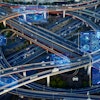

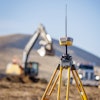
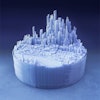


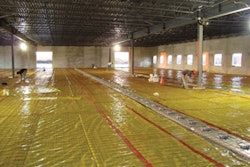
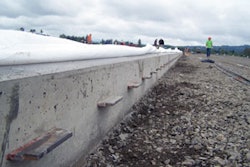
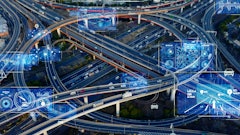



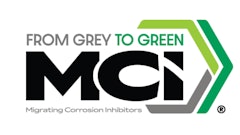



![Fcp Racatac Chair 10893876[1]](https://img.forconstructionpros.com/mindful/acbm/workspaces/default/uploads/2025/10/fcp-racatac-chair-108938761.10l0At5WXv.png?ar=16%3A9&auto=format%2Ccompress&bg=fff&fill-color=fff&fit=fill&h=135&q=70&w=240)


